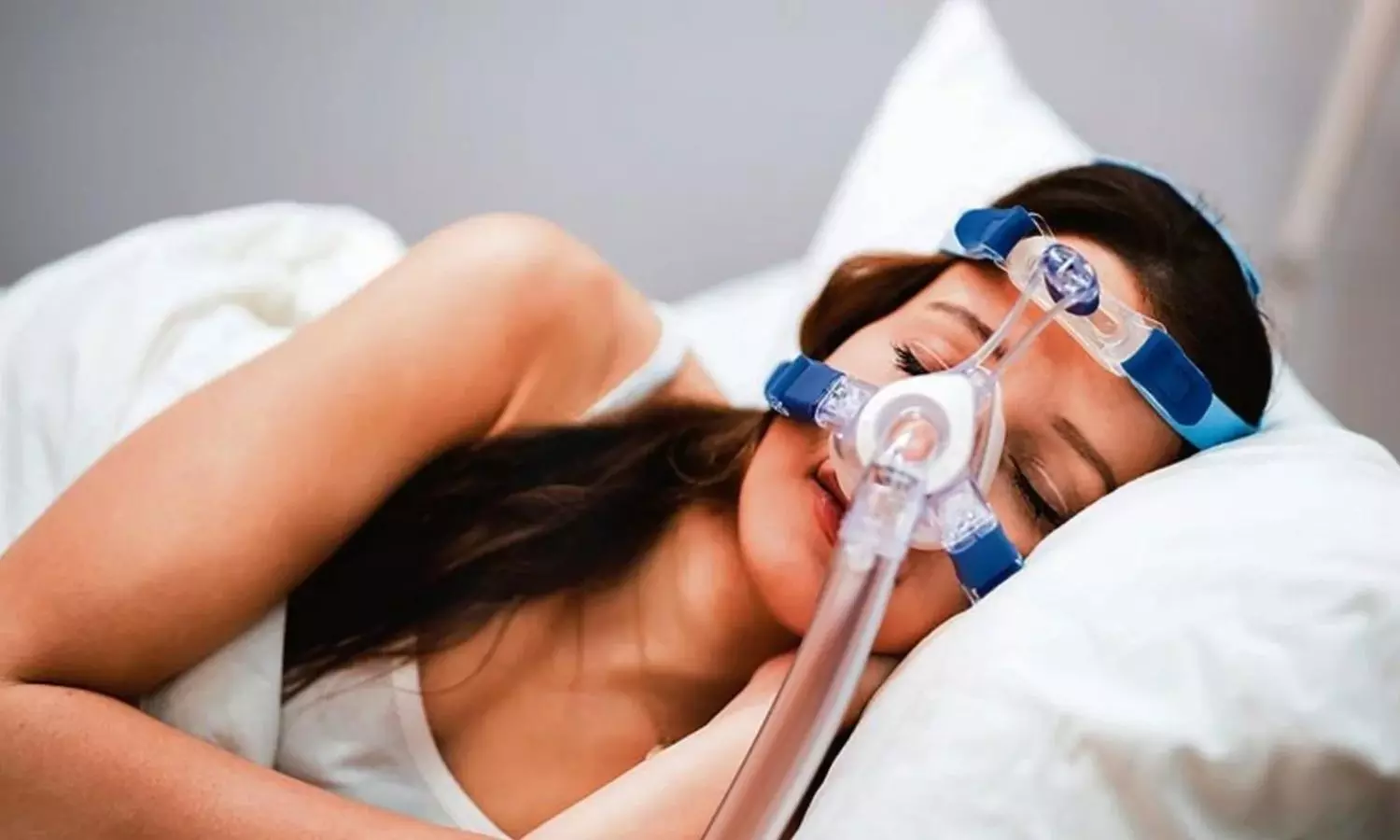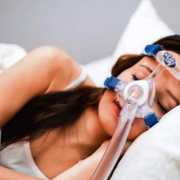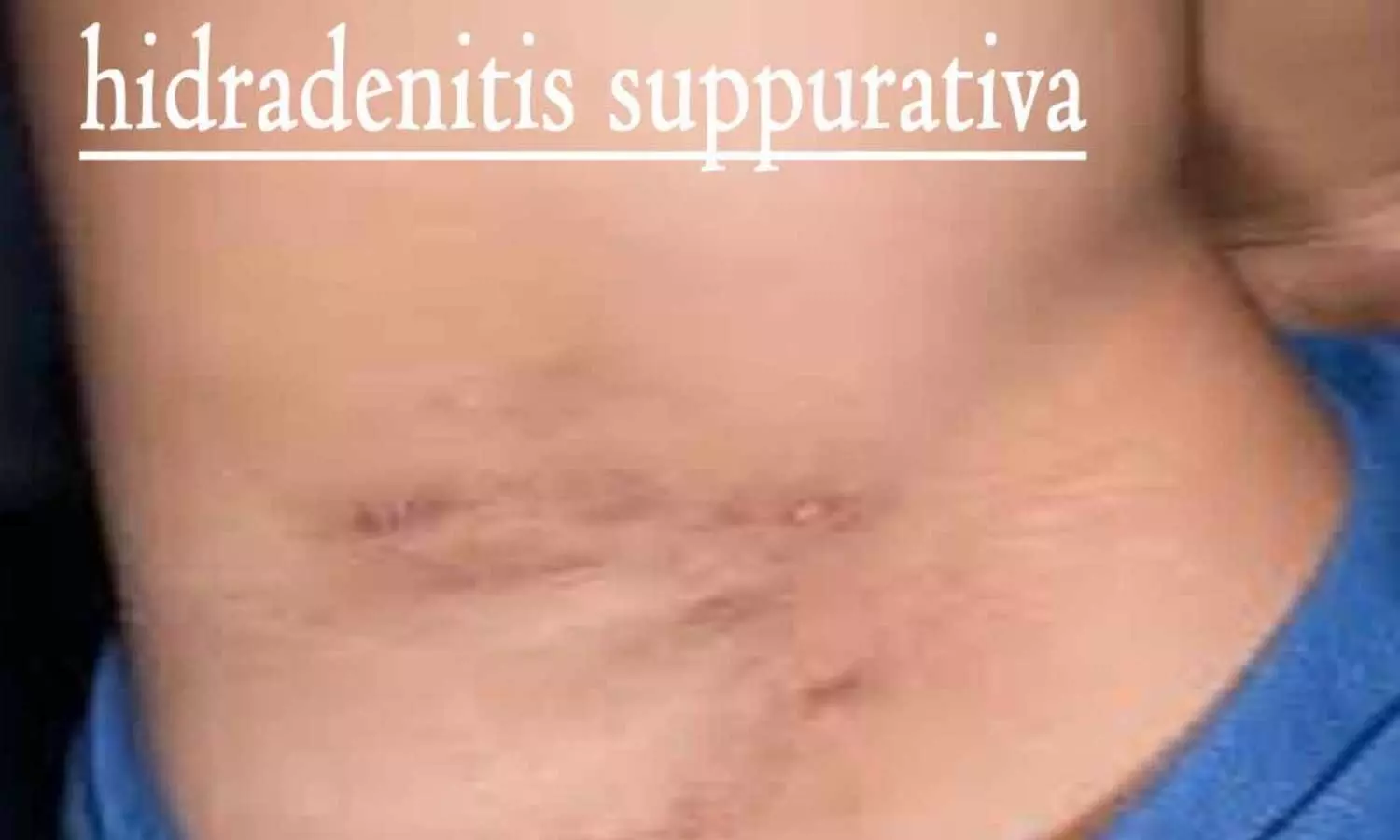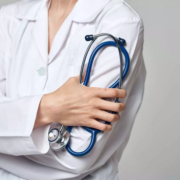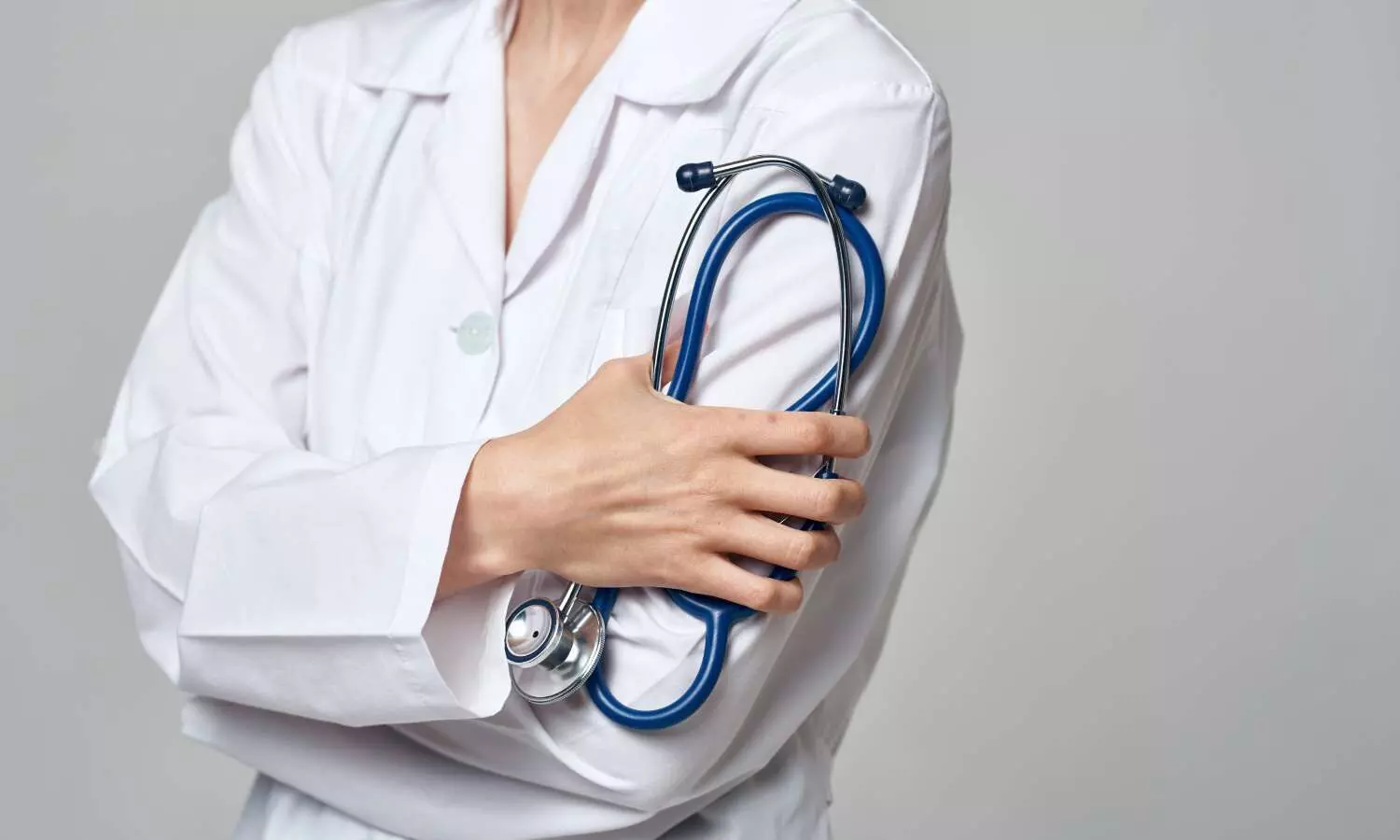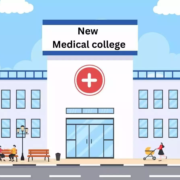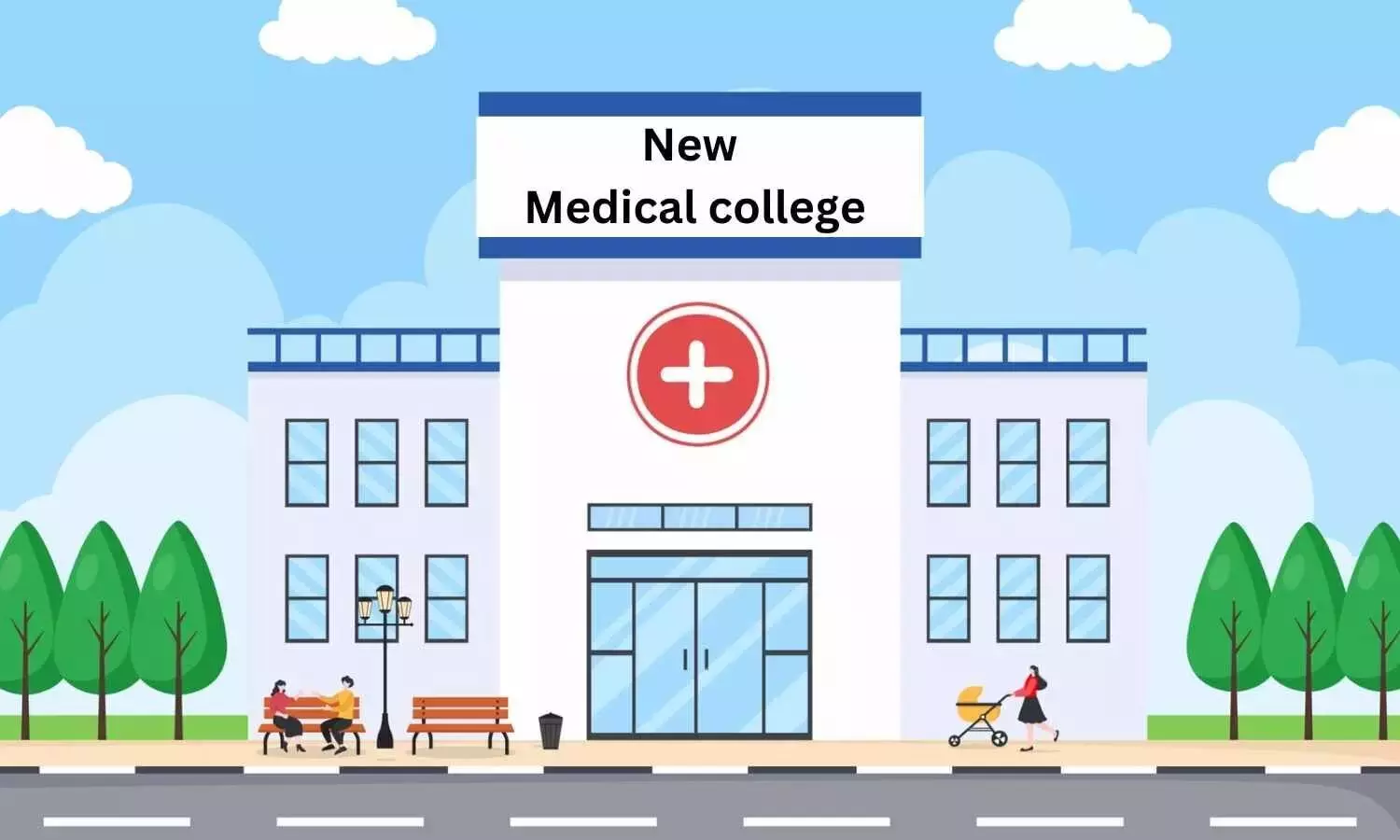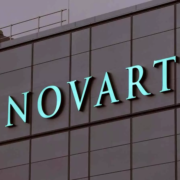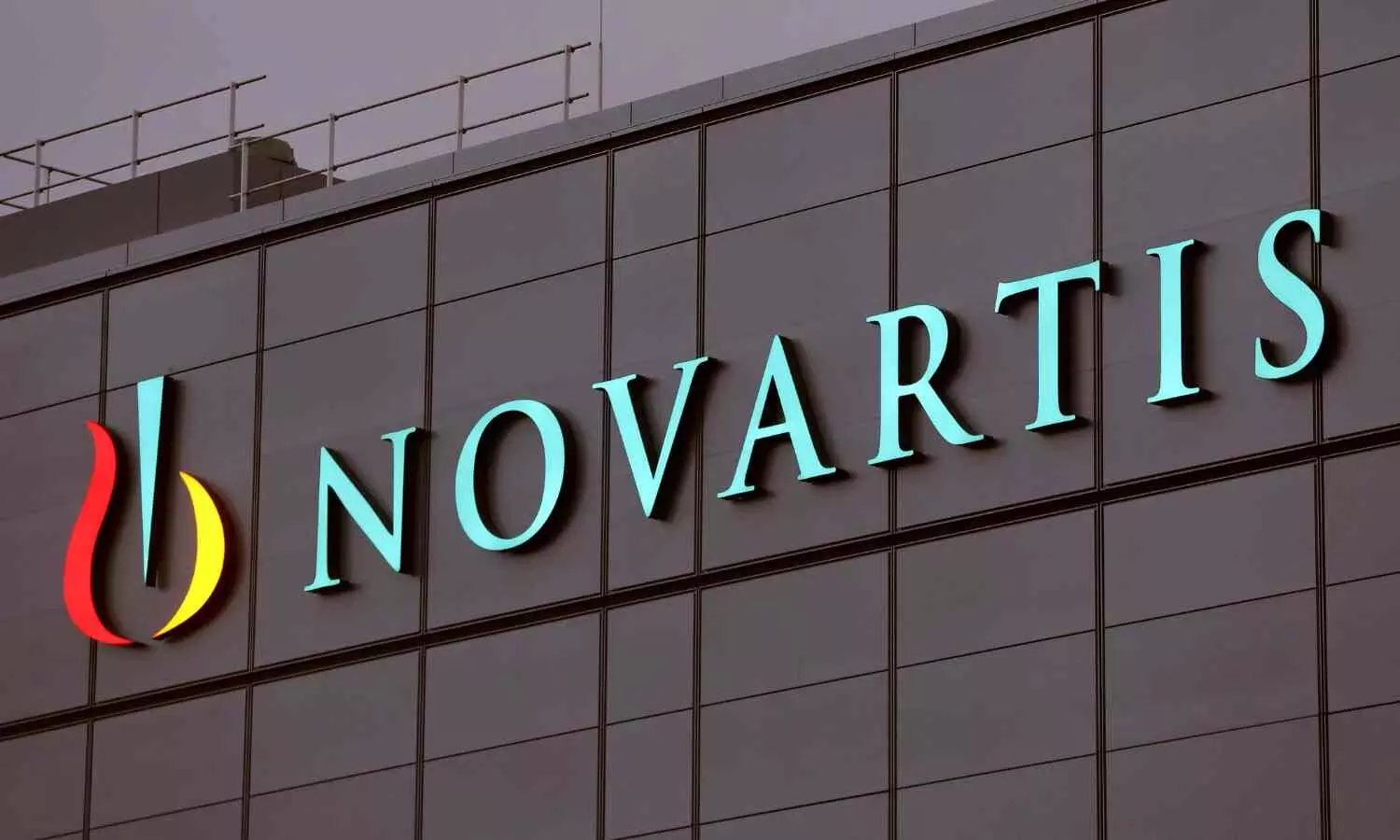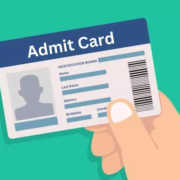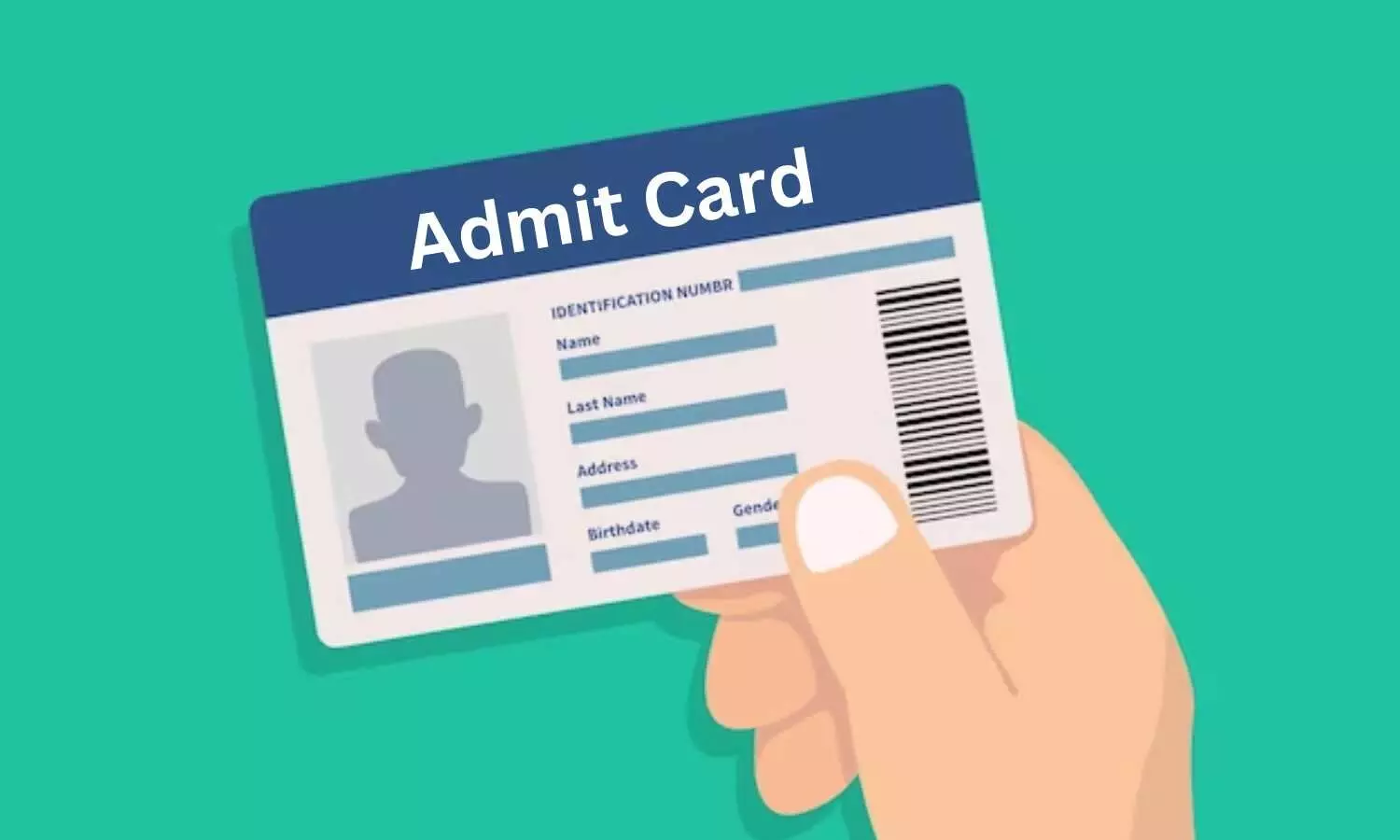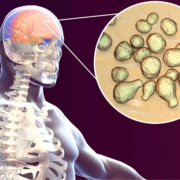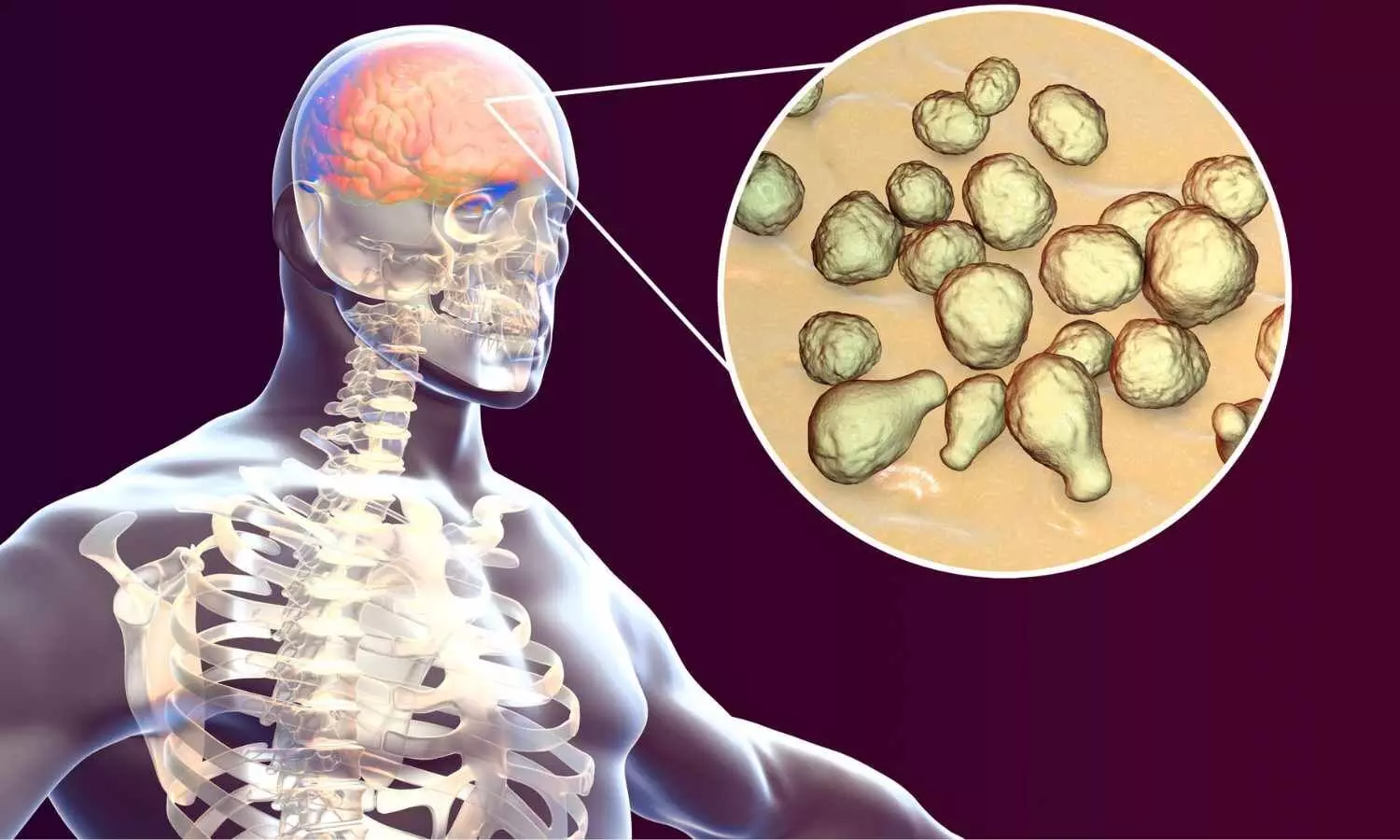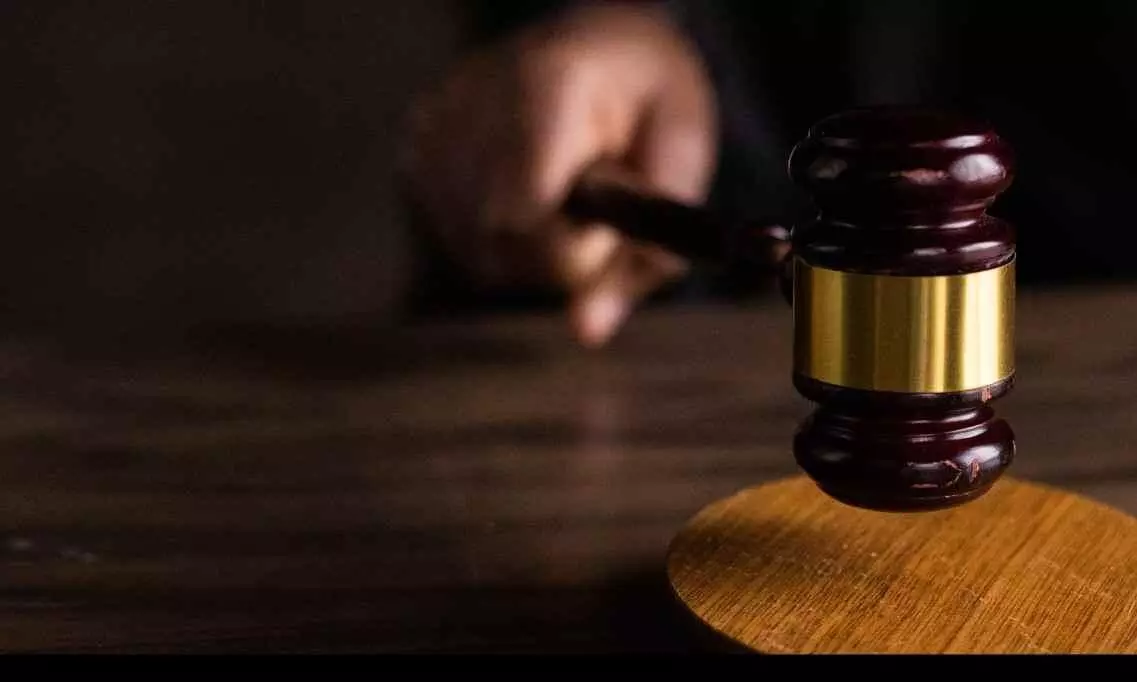
Chandigarh: The State Consumer Disputes Redressal Commission (SCDRC), Mohali recently directed Max Super Speciality Hospital and one of its doctors to pay Rs 8 lakh to a man for medical negligence during the treatment of his elderly mother back in 2020.
As per the complainant, the patient and her family had to suffer because of the wrong COVID-positive report given by the hospital. Earlier, the District Commission had directed the hospital and its Head of Microbiology department to pay Rs 5 lakh compensation. However, the State Commission increased the amount of compensation to Rs 8 lakh.
The history of the case goes back to 2020 when the complainant’s mother fell down and consequently, x-ray reports showed that she had suffered a right leg femur fracture. Thereafter, the patient was taken to the treating hospital where the senior specialist doctor was not available. Another doctor attended the patient and after going through the report, the doctor opined that surgery was required which might take six days.
It was alleged that the treating doctor did not turn up after the patient was admitted and another doctor put the patient’s right leg on traction with 4 kg water weight. The complainant alleged that the specialist doctor had delegated his responsibility to the junior and did not attend to the patient and thereby he did not discharge their duty and function of diagnosis, advice and treatment as expected, which amounted to professional misconduct.
Therefore, the complainant alleged that the hospital should have sent the COVID-19 sample of the patient to PGI, Chandigarh, which could save time. However the hospital management took the sample to Max Hospital, Delhi for testing and the report showed that the patient was COVID-19 positive.
It was further alleged by the complainant that after a discussion with doctors at the hospital, another sample of the patient was sent to PGI, Chandigarh, and the reports showed that the complainants were COVID-negative.
The complainant submitted that despite his repeated requests, the patient was not shifted to PGI, Chandigarh and rather the complainant was asked to leave the private room. On 29.05.2020 evening, the complainants received their reports from PGI declaring all of them negative.
Referring to this, the complainant argued that all of them including the patient were put to trauma because of the wrong report and even the complainants were put to illegal confinement. Following this, the complainant got his mother discharged from the treating hospital and clearing all the bills, they took the patient home.
As per the complainant, the patient was brought home on 31.05.2020 and she breathed her last on 03.06.2020 as she was kept under a heavy medical dose. He alleged that the patient was fine till 27.05.2020 except that her leg was fractured but things started taking twist once she was admitted to the treating hospital where on her admission, she was not found with any fever, cough, cold etc. It was further submitted by the complainant that the doctor and the hospital did not provide proper treatment to the patient nor did they provide a correct COVID report.
On the other hand, the treating hospital and the doctor denied that there was any medical negligence, deficiency in service or unfair trade practice on their part.
While considering the matter, the District Commission had earlier ordered a compensation of Rs 5 lakh against the treating hospital and its doctor. However, challenging the District Commission’s order, the complainant approached the State Commission seeking an enhancement of the compensation.
SCDRC Chandigarh noted that the family members of the patient suffered due to the situation.
“A misdiagnosis of COVID-19, especially for an elderly loved one, caused significant emotional distress and worry for the family. Being placed under home quarantine based on an inaccurate report (Annexure C-4 & C-6) disrupted daily life and also caused inconvenience. Even the public notices about COVID-19 positive cases led to social stigma on the complainants, even if, later proven negative,” noted the Commission.
“Thus, the alleged tampering with initial reports suggesting COVID-positive status, despite a negative test later (Annexure C-12), proved potential negligence on the part of opposite parties No.1 to 3 & 5. Further, the improper treatment i.e. administering medications for a non-existent condition and heavy doses for an unconfirmed heart condition was non-adherence to proper medical protocols. The mental and physical suffering of the patient brought distress due to the misdiagnosis and improper treatment given by opposite parties No.1 to 3 & 5 and thus, the unnecessary home quarantine and social stigma faced by the complainants (family) due to the misdiagnosis was proven deficiency in service and unfair trade practice on the part of opposite parties No.1 to 3 & 5, for which, the District Commission has rightly awarded compensation,” it further observed.
The State Commission observed that looking at the agony and suffering caused to the complainants due to aforesaid deficiency in service on the part of the hospital and its doctors the compensation awarded by the District Commission seemed to be “inadequate and on the lower side, which needs to be enhanced suitably.”
“It may be stated here that during the course of arguments, a Compatible Disk placed on record, was run in the Court Room, which was not clearly audible but to some extent, the patient i.e. the mother of complainant No.1 was heard of saying that she wanted to go home and kept on requesting complainant No.1 for taking her home. In this regard, it is apposite to mention here that being placed in isolation for suspected COVID-19, especially at an advanced age, could be incredibly lonely and frightening, which could lead to anxiety, depression and even delirium in some cases. The patient’s hearing difficulties (right ear) and vision problems (left eye) further exacerbated the isolation and confusion caused by being in an unfamiliar environment. The lack of familiarity with the staff due to PPE and the uncertainty surrounding the illness significantly heightened her (patient’s) fear and anxiety. Sensory deprivation, isolation, and underlying medical conditions certainly increased her risk of delirium. Thus, in our considered view, the compensation awarded by the District Commission to the tune of Rs.5 Lakh, if enhanced to Rs.8 Lakhs would meet the ends of justice as the mother of complainant No.1 even did not survive later on,” the Commission noted.
Accordingly, the State Commission increased the amount of compensation and directed the hospital and its Head of Microbiology department to pay Rs 8 lakh compensation to the complainants. Out of this Rs 8 lakh, Rs 7.5 lakh was to be paid by the hospital and Rs 50,000 by the doctor.
The Commission ordered the hospital and doctor “to pay lump sum amount of ₹8 Lakhs to the complainants, out of which, ₹7,50,000/- shall be paid by opposite parties No.1 to 3 and the remaining ₹50,000/- shall be paid by opposite party No.5, as compensation on account of the medical negligence as well as for the mental and physical pain and trauma suffered by the complainants and the amount spent by them on treatment of the patient; (ii) to pay ₹10,000/- to the complainants as costs of litigation.”
To read the order, click on the link below:
https://medicaldialogues.in/pdf_upload/scdrc-max-hospital-mohali–242625.pdf
Also Read: Not showing pacemaker to patient attendant before implantation constitutes deficiency:Gurgaon hospital directed to pay Rs 2 lakh compensation
